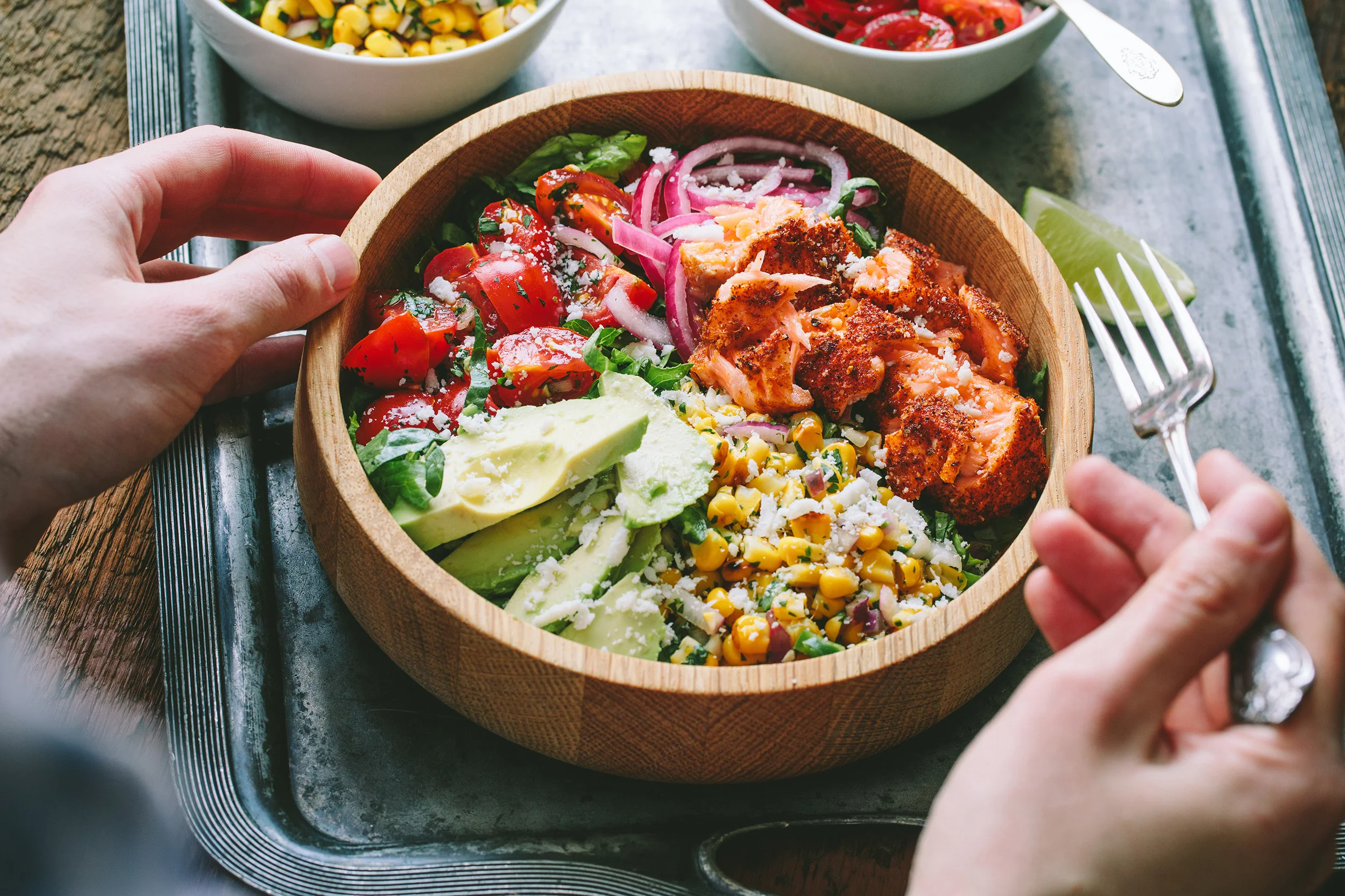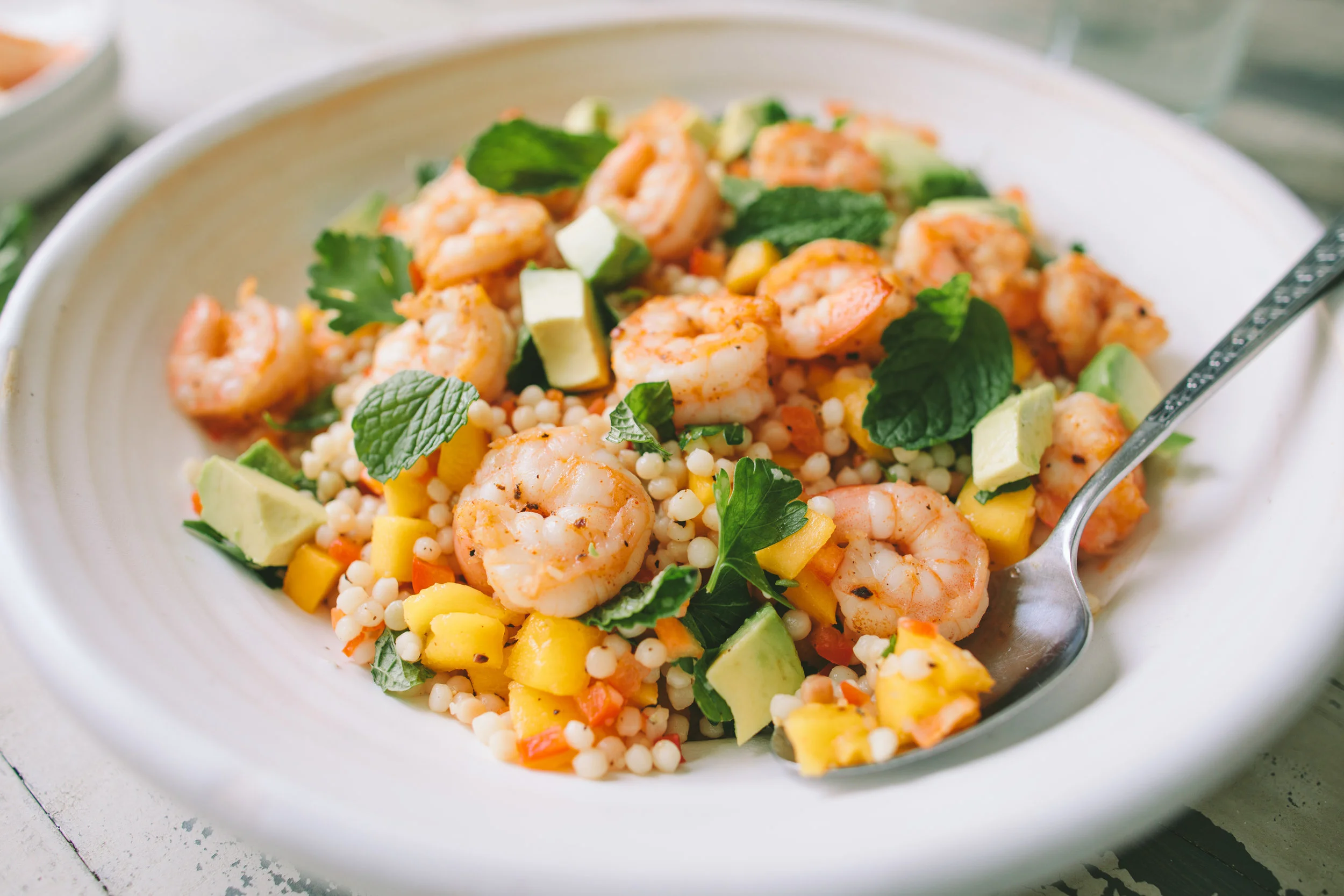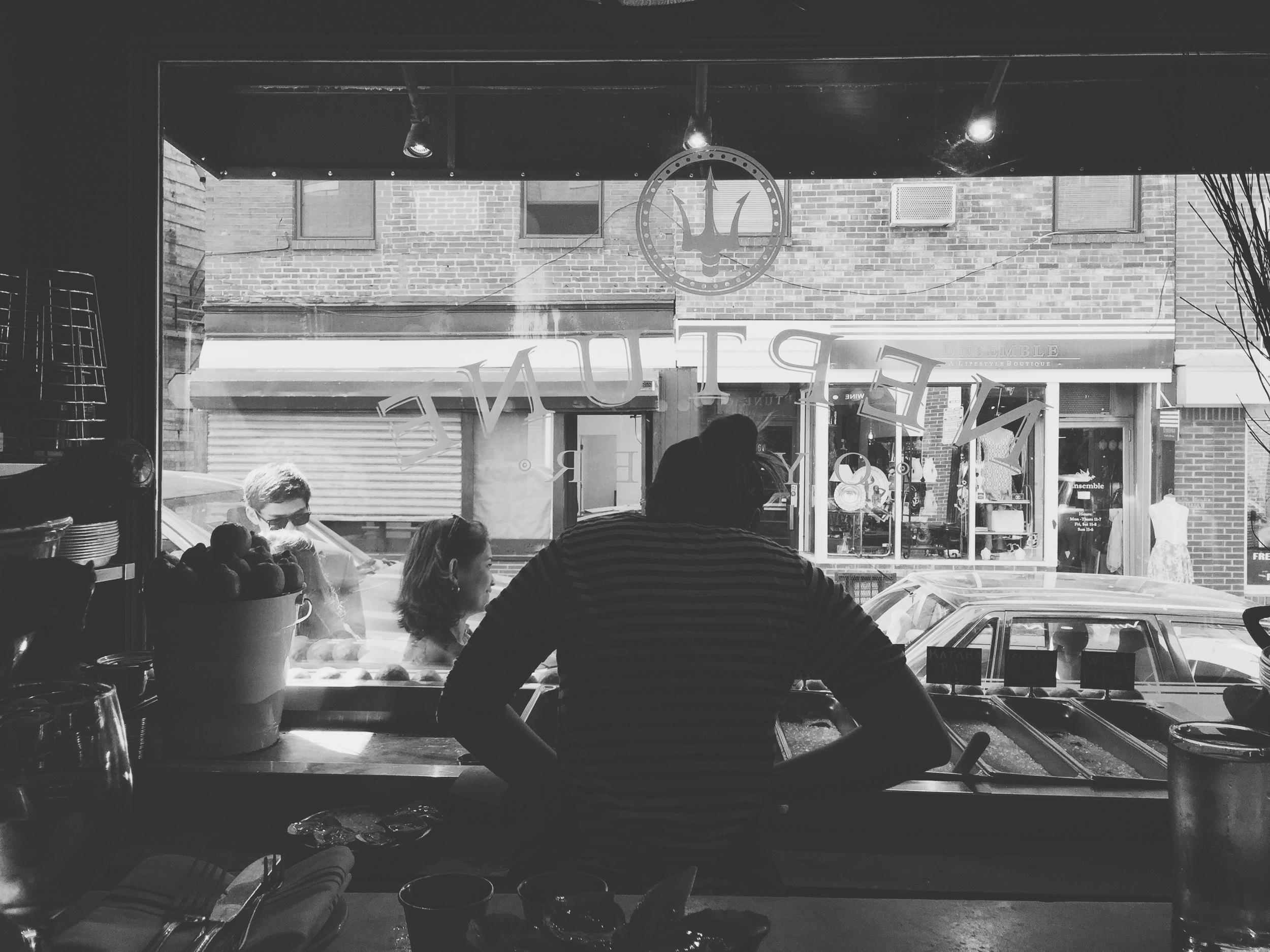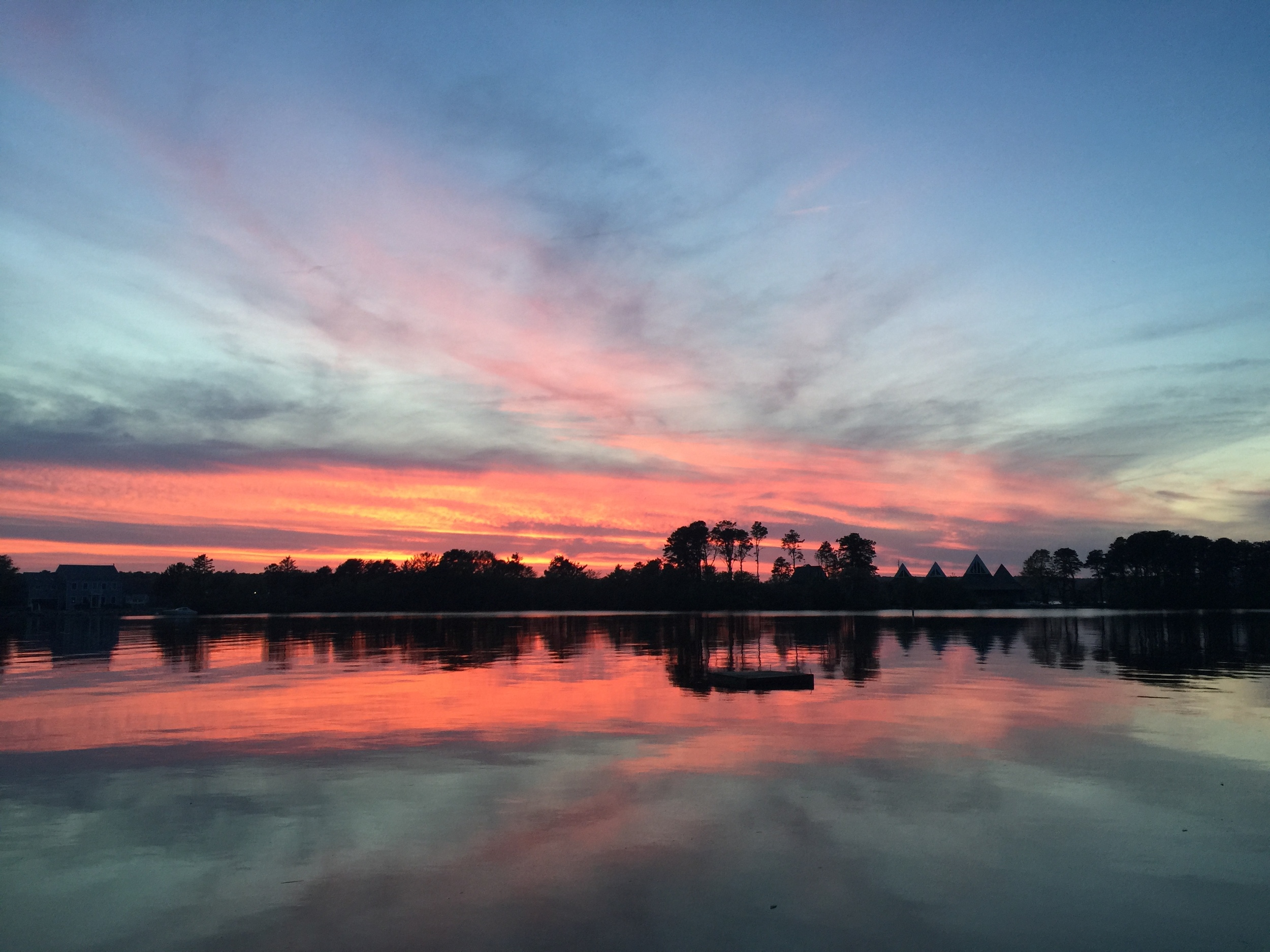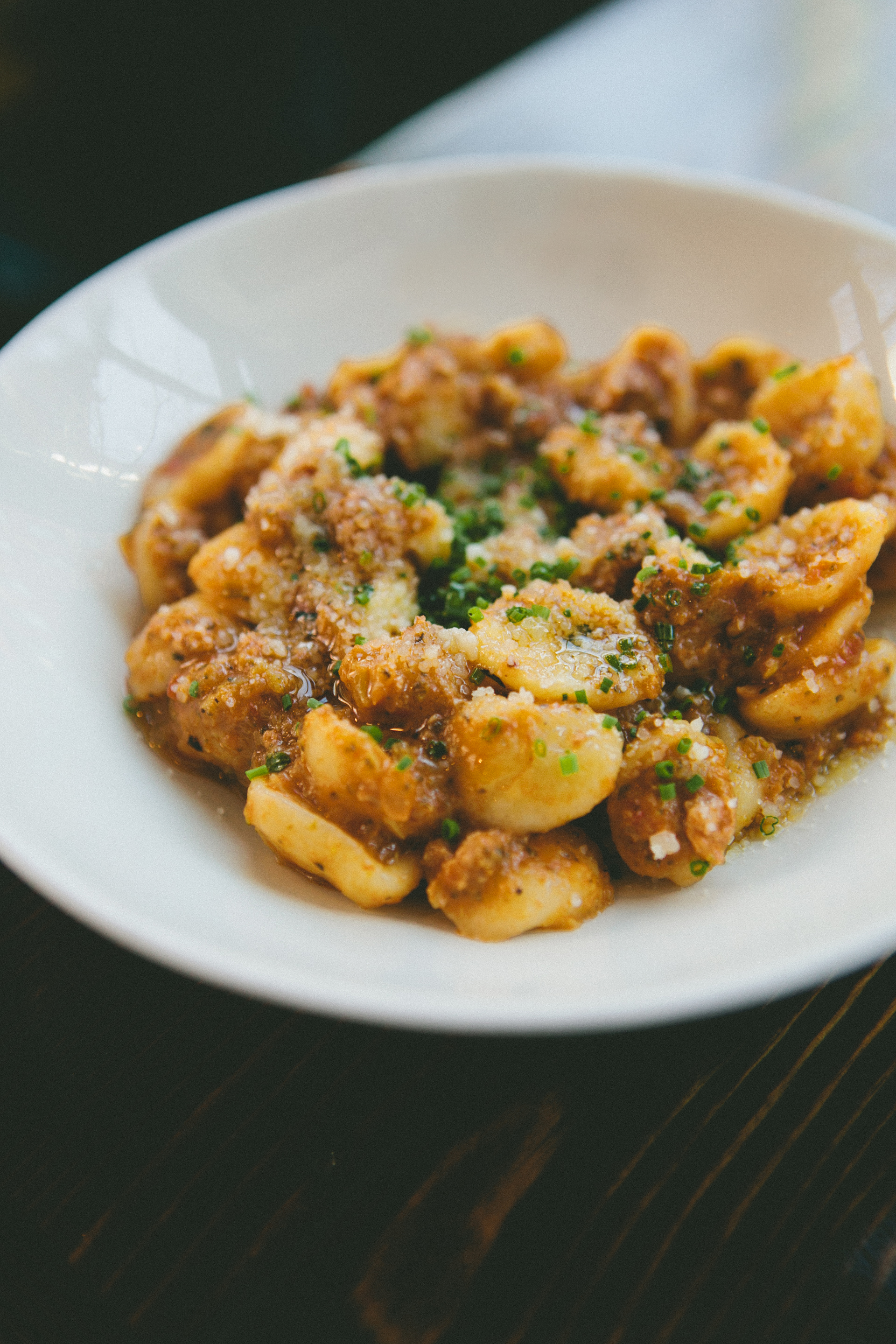I used to take my camera all over the place, lugging a DSLR and a 50mm to every restaurant. I'd try to remain inconspicuous as I grabbed shots of the dining room and each plate that was brought to the table. I'm sure I wasn't as subtle as I thought I was being.
Things have changed a lot over these last three years. Smart phones have effected my experience as a photographer. It's allowed me to not only develop my photographic style, but it's given me the chance to hone my skills. Since my last post on smart phone photography, the quality of the cameras has gotten exceedingly better. I never thought I'd get to the point where I'd look at a picture on my computer and think, "Did I take that on my phone or my camera?" Everything is crisp and clean, with very little grain. It's a very exciting time in the world of photography and, today, I want to go over a few points about what I think about when I'm making photographs with my iPhone. In the below examples, you may see a slight difference in the quality. The majority were taken with an iPhone 6+ but others are older and were photographed using an iPhone 5s.
You can view my earlier post here: PART 1
1. Tell a story
There's always a story to be told. What that story is and how it's told is up to the photographer. I spend a lot of time thinking about what it is I want to say in a picture. Rarely is it a closeup of a finished dish. I like to pull back and reveal something else in the scene or show action. Food is so much more than a pretty plate. It's about how it's prepared, who is preparing it, how it's being served, where it's being served, how it's consumed (You get the point). Sometimes that's much more compelling than a beauty shot.
2. Location
I think showing where you're dining - the vibe of the restaurant, the movement of the dining room, the decor - is just as visually interesting as the food. Look around and you'll find a lot to capture, from the table setting to the excitement of the open kitchen to the sign hanging outside the front door.
3. Ingredients
It's not uncommon for me to return from the market, unload the bags, and get to work setting up scenes of chopped up fruit and vegetables, dressed fish, or plates of cheese and sliced bread. Unadulterated (uncooked) ingredients are a joy to play with because there are endless ways to capture them. A container of kumquats pop on a dark, rustic surface, while some bunches of fresh herbs pairs perfectly when placed atop a sheet of parchment. It gets the creative juices flowing when you start with these images that, a way to warm you up before you get to the final dish.
4. Remember, there's a whole world outside of food
I know it's funny to say this, but I think it's important for food photographers/bloggers/Instagrammers, to take pictures of things other than food. It teaches us, as artists, to look at the beauty that surrounds us every day. Spend time walking around the town or city you live in or go into the backyard with your child or dog. Take pictures of friends and family. It's all about capturing moments.
For more tips and tricks on taking pictures with your smart phone, check out my first post. And you can follow along on my food journeys over on Instagram.
Locations featured in this post (in order of appearance): Ostra - Boston, MA Neptune Oyster - Boston, MA Lone Star Taco - Boston, MA Egg - Brooklyn, NY Coppa - Boston, MA Blackbird Doughnuts - Boston, MA Soc's Ice Cream - Saugus, MA Cafe ArtScience - Cambridge, MA Mei Mei//SOWA Open Market - Boston, MA
For more restaurant photography, head on over to my portfolio page.


